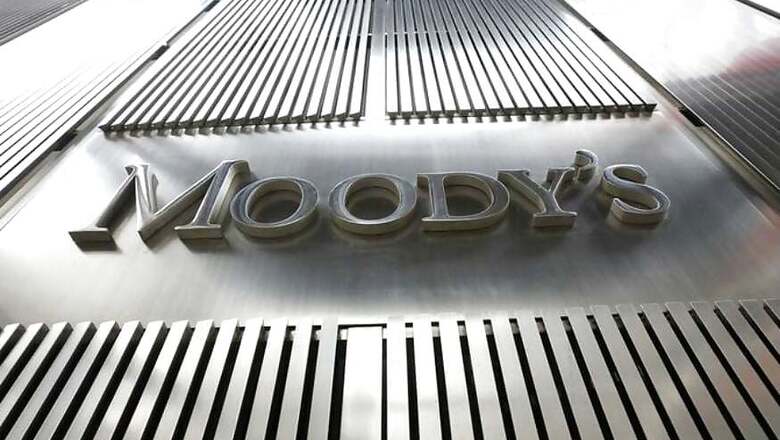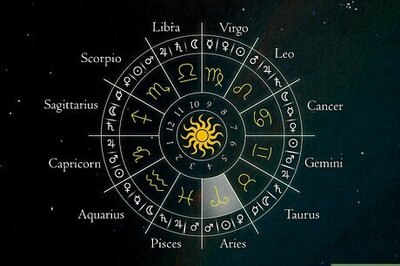
views
New Delhi: Moments after Moody's placed India a notch higher on their rating list, the stock markets rallied to a frenzy, going up by more than 400 points with the Indian rupee also appreciating by 69 paise. However, the million dollar question is where are the markets headed now?
While a majority of experts are of the opinion that stocks are set to skyrocket by next month, there are many who think otherwise. According to a poll conducted by Moneycontrol.com, out of 17 chief information officers and fund managers 41% said BSE Sensex is likely to scale above 34,000 by December-end, while about 35% feel it will stay in the range of 33,000-34,000. The remaining 24% respondents, however, feel bearish and see the index slipping below 33,000 in near future.
Billionaire investor Rakesh Jhunjhunwala has called Moody's upgrade the 'much needed accolade' for Narendra Modi government. "The mother of all bull markets has just begun and investors have nothing to worry about. Financials will be the biggest beneficiary, including banks from Moody's lift," he told Moneycontrol.
Predicting further upscale o the stock market, Vinit Bolinjkar, head of research at Ventura securities said, "This will also have a salutary effect on the stock markets. Markets should rally. It should also boost sentiment for the ruling party in the near term polls."
Indian stock markets have been at an all-time high since the past few months. BSE Sensex touched the 32,000-mark multiple times in the last 26 weeks, with Nifty displaying a similar growth. During such times, experts have time and again advised investors to be wary of burning their fingers by getting carried away.
"A major correction is overdue. We don't know exactly when that will happen. Investors should exercise caution before investing in these overleveraged markets. Otherwise, they stand to heavily lose," Sanjiv Bhasin, vic-president, markets, IIFL, told Business Standard last month.
What do these ratings mean?
Usually rating upgrade helps companies and institutions in borrowing funds at a lower rate from foreign institutions.
For example, you wish to invest your money by lending it out. Your first choice will be someone who you know and trust. But that is not always the case, certainly not in the case of international institutional lenders. So if one has to lend money to a third person, the priority is given to someone with a recommendation. Similar is the case here. Rating agencies like Moody's act as independent recommendations for international investors who wish to invest big dollars in countries. Therefore, post Moody's rate hike, India is hoping to gets easier international loans and investments.
As far as the Moody's ratings are concerned, there are nine gradations of credit worthiness indicated by rating symbols. The symbols used are: Aaa, Aa, A, Baa, Ba, B, Caa, Ca and C, with Aa having least credit risk and C representing the highest credit risk.
India, with Baa2 ranking, falls in moderate risk category. Moody's said the decision to upgrade the rating was hung on the expectation that continued progress on economic and institutional reforms will, over time, enhance India's high growth potential.
Lot of funds which have a mandate to invest in countries with a specific rating can now invest their money in India.
It will also allow Indian companies which borrow most of their capital from abroad to get better rating. Now, with influx of funds, investors should keep an eye on the investment cycle which could well add 100-150 basis points to the GDP.




















Comments
0 comment